A Generation in Crisis
For over a decade, educators have witnessed a disturbing shift in our students' well-being.
What was once a vibrant hum of conversation in hallways and cafeterias has too often been replaced by the silent glow of screens. This is more than just a behavioral change; it's a symptom of a deeper crisis fueled by the unchecked rise of smartphones and social media in the lives of our youth. The correlation between the rise of smartphones and the decline in youth mental health is undeniable.
The Mental Health Emergency
The data reveals a stark picture of a generation facing unprecedented mental health challenges.
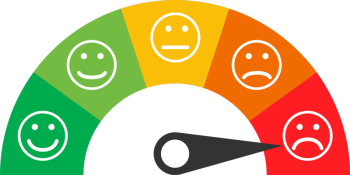
Soaring Rates of Anxiety, Depression, and Suicide
- Since 2010, anxiety among youth has increased by 134%
- Depression has increased by 106%.
- Suicide is now the second leading cause of death for children ages 10-14.
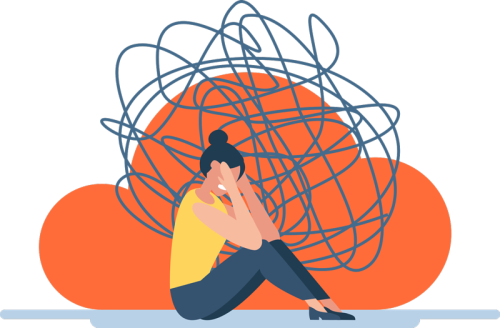
A Staggering Toll on Teens
- One in three teen girls has seriously considered attempting suicide, a nearly 60% increase from a decade ago.
- Teens who spend more than three hours a day on social media face double the risk of negative mental health outcomes.
- Those spending five or more hours are 2.5 times more likely to have suicidal thoughts.

A Declared National Emergency
In response to these alarming trends, which include over 2.7 million children experiencing severe major depression, the American Academy of Pediatrics and other organizations have declared a national emergency in child and adolescent mental health.
Academic Disruption
Classrooms should be sanctuaries for learning, but they are now competing with a constant barrage of digital distractions.

Pervasive In-School Use and Distraction
- 97% of students aged 11-17 use their phones during school hours.
- In a recent survey, 75% of teachers report that cellphones are the number one issue in classrooms.

Constant Notifications
- Students receive an average of 237 notifications daily, significantly fragmenting their attention.
- This has contributed to the average attention span plummeting by 66% since 2004, from 2.5 minutes to just 47 seconds.
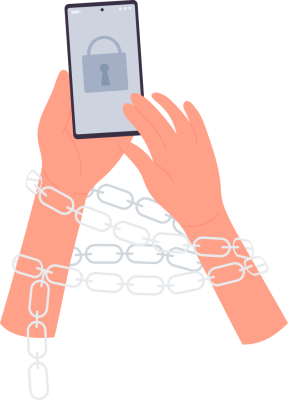
Significant Learning Loss
- Students lose an average of 43 minutes of learning time every day to phone distractions.
- Studies confirm that students who use phones during class take lower-quality notes, retain less information, and perform worse on tests.
The Social Disconnect
While promising connection, the reality of constant phone use is deeper isolation and a breakdown of essential social skills.
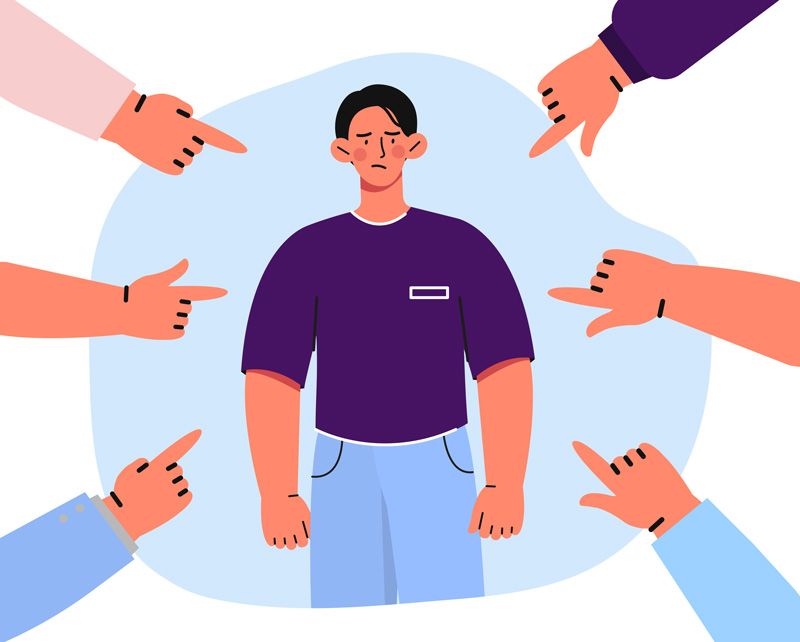
The Rise of Cyberbullying
- 55% of students report being cyberbullied, and these victims are twice as likely to engage in self-harm and suicidal behaviors.
- Adolescents who experience cyberbullying are more than four times as likely to report thoughts of suicide and attempts.
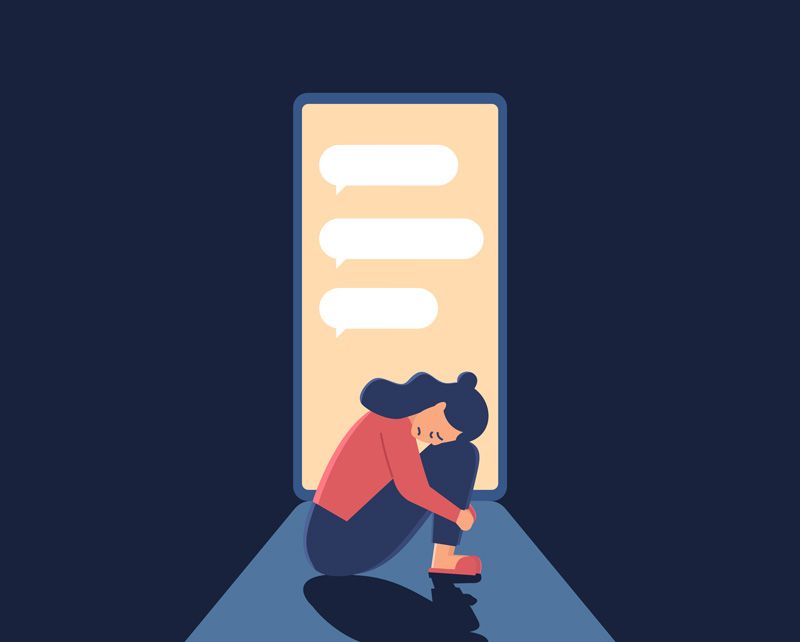
Erosion of Social Skills and Increased Isolation
- With phones replacing face-to-face interaction, students increasingly struggle to read social cues, resolve conflicts, and form authentic friendships.
- The curated perfection of social media fuels anxiety and comparison, leaving many teens feeling more isolated than ever.
- In fact, rates of school loneliness have doubled since 2012.
The Solution
After a year of analyzing the student cellphone crisis, it became clear that half-measures like restricting phones only during class time are not enough.
The only policy that truly works is a comprehensive, bell-to-bell restriction that provides a consistent, distraction-free environment for the entire school day. Schools across New York that have already adopted this approach report dramatic, positive results, including a significant reduction in bullying, a 44% decrease in behavioral referrals, and an increase in academic success rates. Learn more about why this evidence-based solution is the clear choice for New York's students